
Take your PowerShell skills to the next level with PowerShell Universal. Create robust web applications that can be accessed from anywhere via REST API and web pages built in PowerShell. Schedule tasks and monitor script output with a secure, role-based admin console and end-user portal. Empower your team with a platform that makes PowerShell easy to use and accessible to everyone.
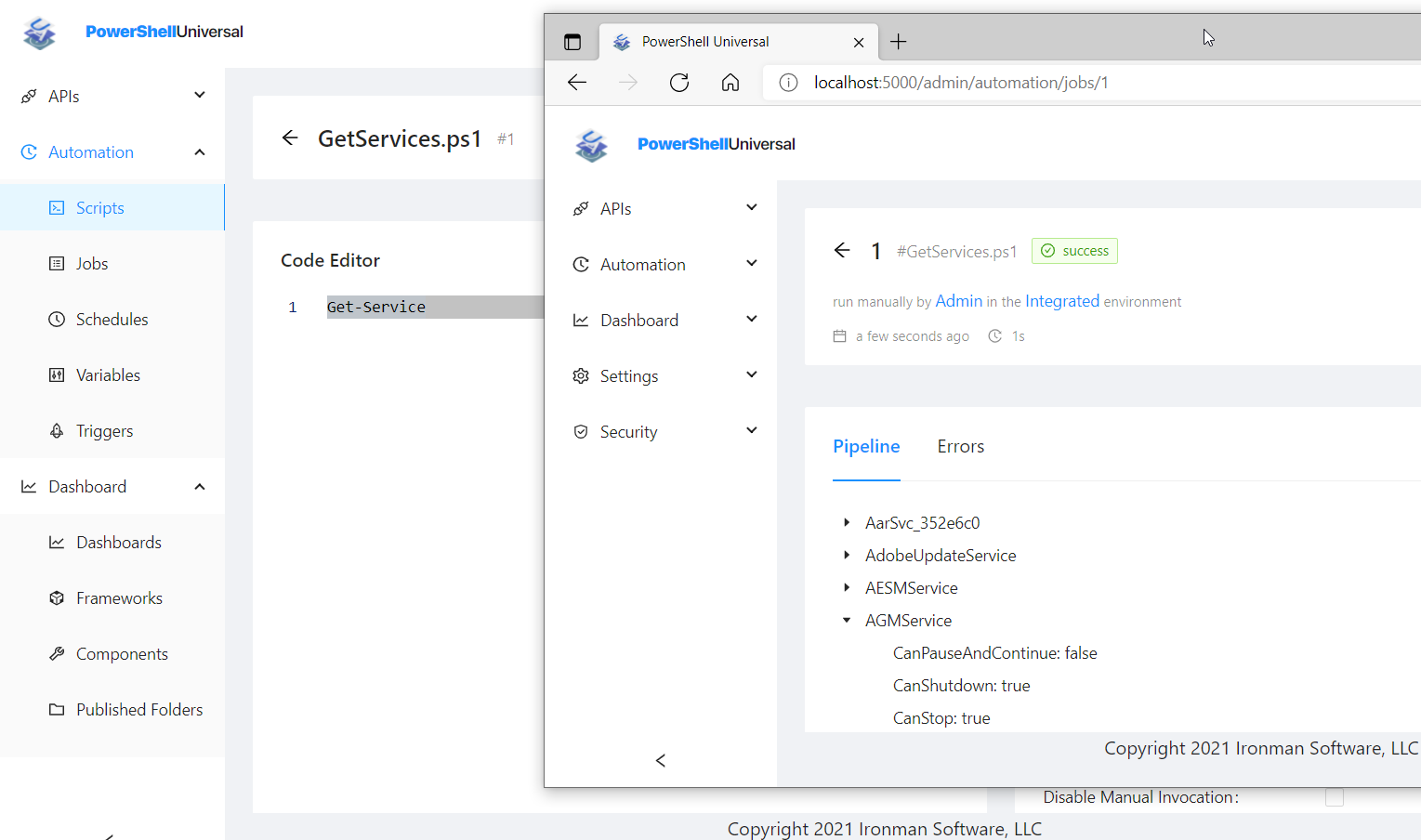
Enhance your favorite editor like Visual Studio or Visual Studio Code with extensions that make scripting easier, faster and more productive. Alternatively, keep things simple with an editor built for PowerShell.
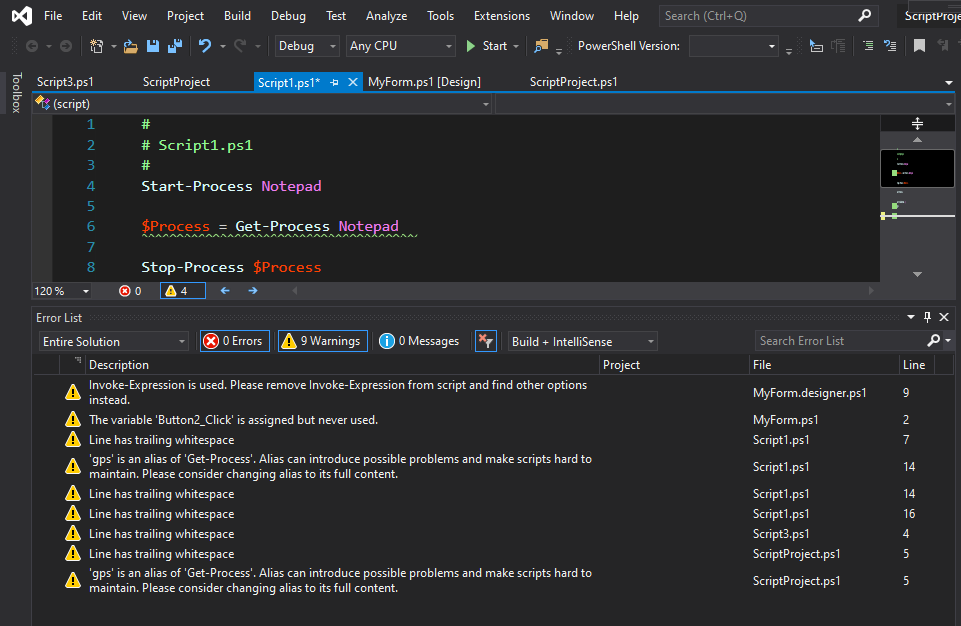
Whether you're a small business or a large enterprise, you will be in good company among the customers using our solutions. With millions of installs, API requests, and scripts executed every month, we help ensure you can make the most of your IT team.
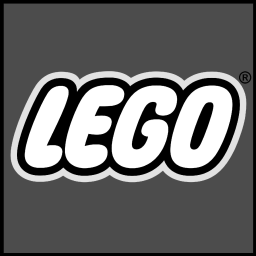
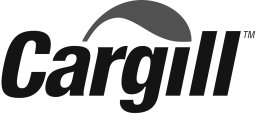
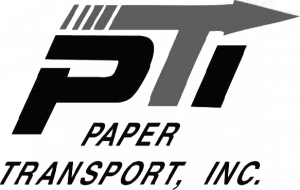

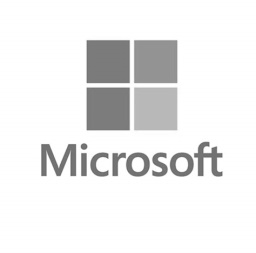

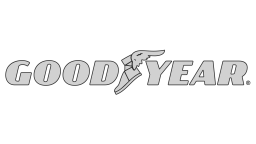

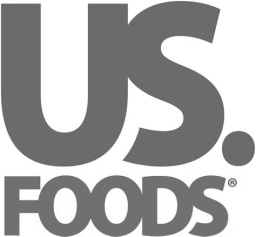
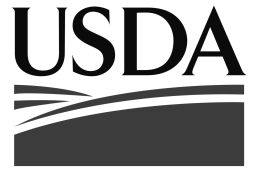


GitHub Copilot is an AI helper that can run in an editor like Visual Studio Code. It provides code completion as well as chat capabilities to analyze and generate code. GitHub Copilot also supports Agent mode, which allows for communication with additional tools to perform actions on your behalf. In this post, we’ll look at how to expose PowerShell Universal as a tool for GitHub Copilot to perform actions. Model Context Protocol (MCP) The Model Context Protocol, or MCP, is a standard for exposing tools to AI agents like Copilot.
1% For the Planet 1% for the Planet is a global movement that inspires businesses and individuals to support environmental solutions through annual membership and everyday actions. Members contribute at least 1% of their annual sales or income to a network of approved environmental nonprofits. The organization was founded in 2002 by Yvon Chouinard, founder of Patagonia, and Craig Mathews, owner of Blue Ribbon Flies. Ironman Software is donating to this organization because we believe in the importance of protecting our planet and supporting organizations that are working to make a positive impact.
In this blog post, we’ll look at how to use dynamic parameters in PowerShell Universal to provide a form that adapts to your user’s input. What are dynamic parameters? Dynamic parameters provide a mechanism of adding new parameters to a cmdlet or advanced function based on the current parameters provided to it. For example, if the user specifies that the value of an -AuthenticationType parameter as Credential, you could then add a new -Credential parameter to cmdlet.